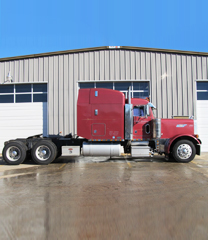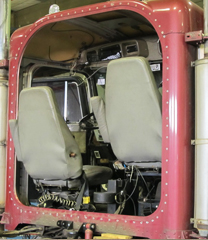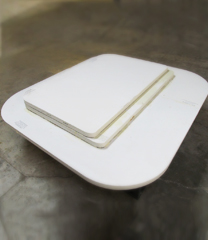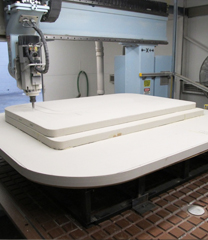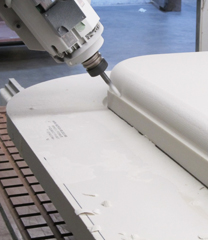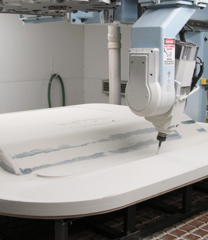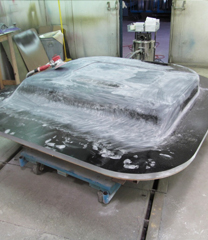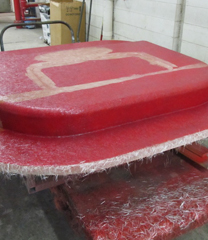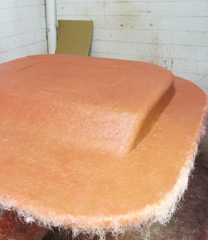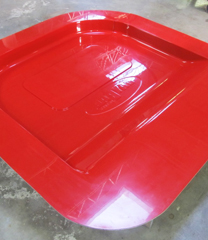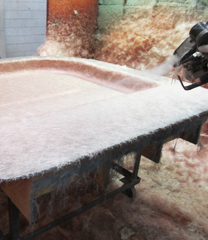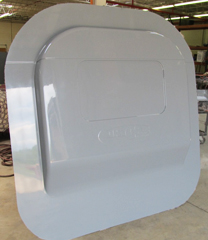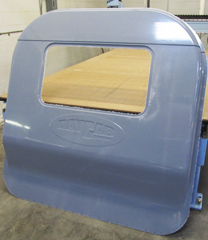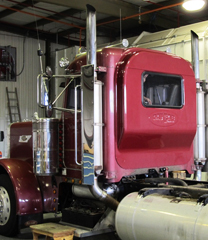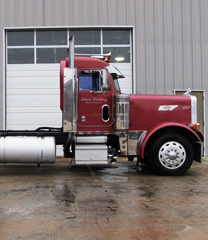 Since 1999, Daycab Company, in Rockwood, TN, has been using composites to retrofit class 8 commercial trucks with sleeper cabs to day cabs. Why would anyone be interested in having the sleeper cab removed, and a composite day cab installed you ask? Once a commercial truck gets to a certain age, many fleets will not run them and purchase new ones. The old trucks are then auctioned off, and are popular among local farmers, short haul companies and dealerships. The large abundance means they sell quite cheap.[divider_padding]
Since 1999, Daycab Company, in Rockwood, TN, has been using composites to retrofit class 8 commercial trucks with sleeper cabs to day cabs. Why would anyone be interested in having the sleeper cab removed, and a composite day cab installed you ask? Once a commercial truck gets to a certain age, many fleets will not run them and purchase new ones. The old trucks are then auctioned off, and are popular among local farmers, short haul companies and dealerships. The large abundance means they sell quite cheap.[divider_padding]
When first speaking with Zach Martin, Product Design Specialist and Machine Programmer at Daycab Company, I was surprised to hear that commercial trucks were quite desirable with the sleeper cabs removed. The reasons for this vary: farmers like non-sleeper cabs because loading in grain or other products at a station might have a height restriction that a sleeper can’t meet. Removing a sleeper also saves on weight, which could instead be used for carrying more cargo.
Short haul companies have the same issue as farmers with the weight of the sleeper and cargo, and because they work in more localized areas (farms, rock yards and landscaping companies), they require better visibility out the back.
Precision Board Plus HDU is used to manufacture the part used to fill the void created once the sleeper cab is removed. In this case, a Peterbilt semi truck is going to be converted. With the cab removed and the void exposed, Precision Board Plus HDU is machined using a 5-axis CNC router. This male mold is then coated with a sealer, vinyl ester, and is sanded. Red hard gelcoat and fiberglass is applied, to start the female mold. Plaster, fiberglass and resin complete the final stages.
Once the female mold is completed, gelcoat and fiberglass is shot to make the final production part. The part is completed by being trimmed on a CNC machine, and is then painted and installed on the Peterbilt truck, providing a great looking finished product.
Daycab Company is owned by Marc Wagers and converts over 1500 commercial trucks a year. They offer pre-built kits, can ship anywhere, and also have their own install shop. Check out additional details on their website at daycabs.com.
